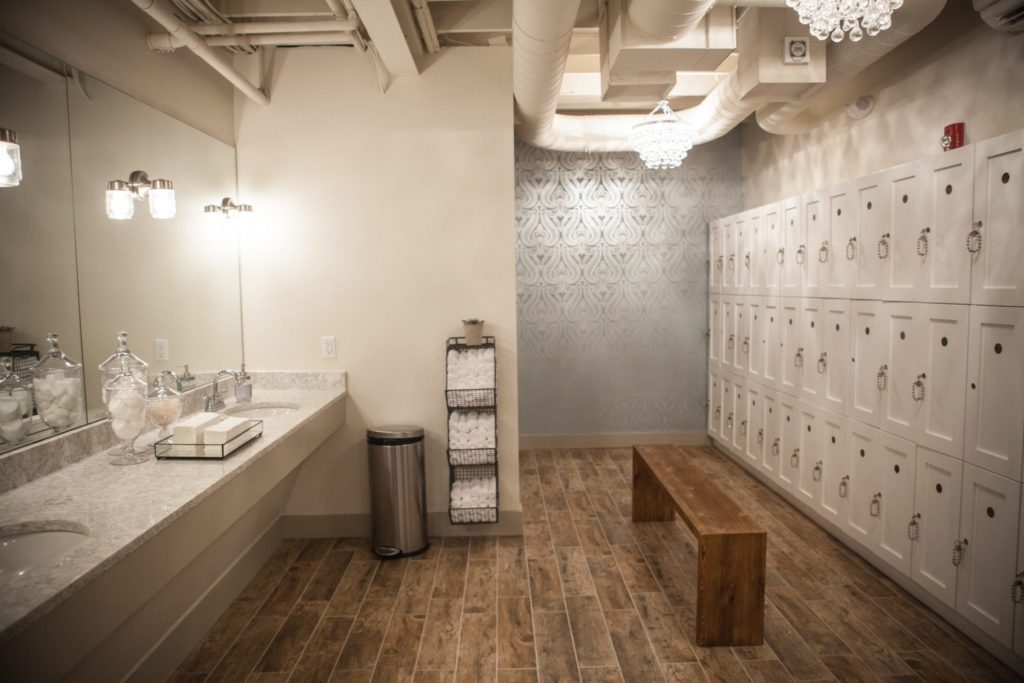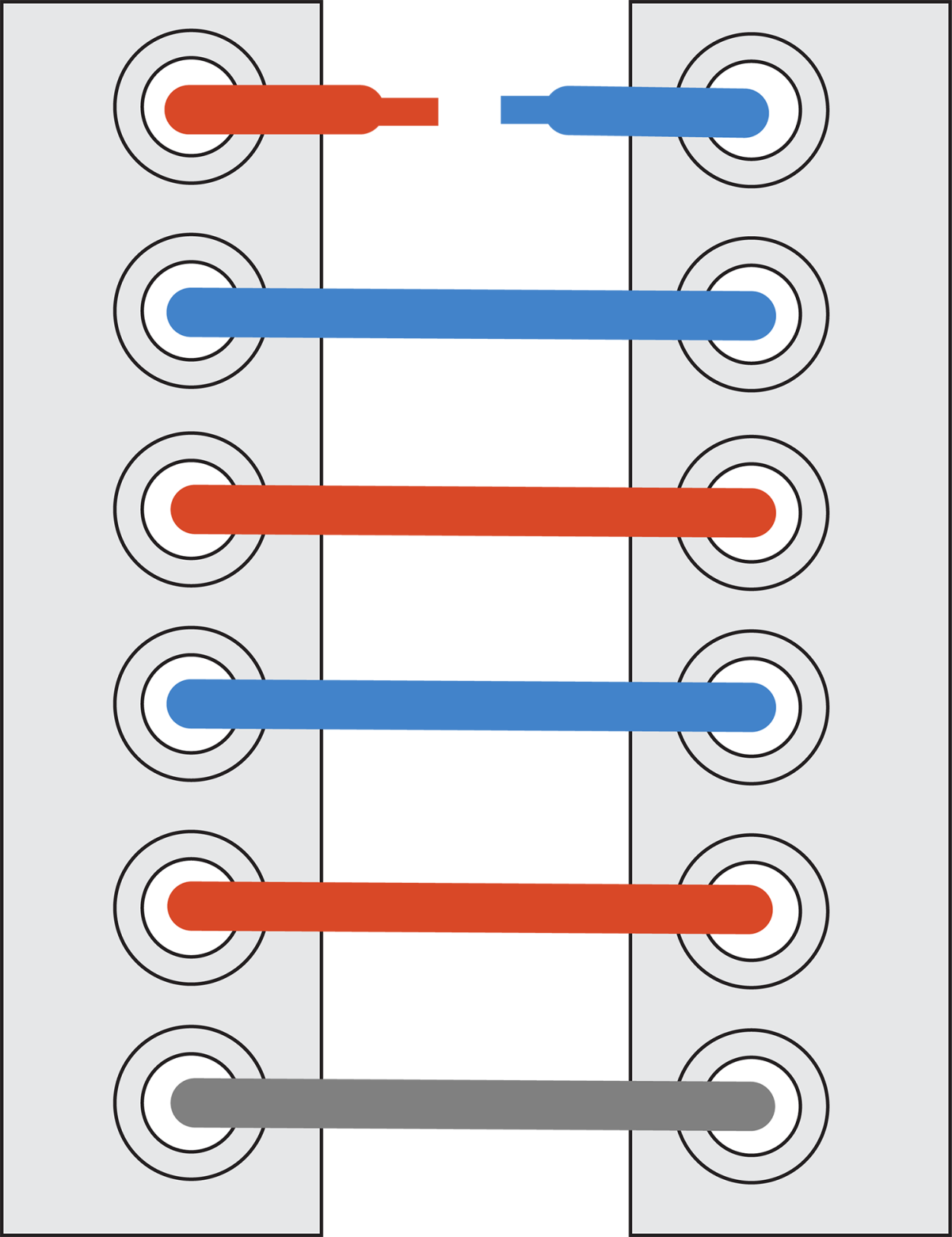Why Military Boot Lacing Matters: More Than Just Aesthetics
Military boot lacing is more than just a way to secure footwear. It is a functional technique. It focuses on security and comfort. The method ensures proper support. It also minimizes foot movement within the boot. This reduces the risk of blisters and injuries. Understanding how to lace boots army style is crucial. This is especially true in various demanding environments. These include military operations, hiking, and other outdoor activities. The way boots are laced impacts performance. It also affects the well-being of the wearer. Proper lacing keeps the foot stable. It avoids unnecessary friction and pressure. This ultimately enhances both comfort and safety. Military lacing techniques are essential in situations requiring stability. They are also critical for environments that put stress on feet. Thus, this method has practical implications beyond just visual appeal. It plays a vital role in foot protection and the wearer’s overall performance.
The purpose of military boot lacing extends to the need for a tight fit. It is also about maintaining foot health and stability. A properly laced boot provides a stable platform. It reduces movement inside the footwear. This helps prevent potential injuries such as ankle sprains. Therefore, mastering how to lace boots army style allows for improved performance. It also ensures foot safety. Military-style lacing is adapted for a variety of situations. These range from intense physical activity to long durations of wear. The technique is not merely about aesthetics, instead it is about function. It makes sure the boot becomes an extension of the foot. Thus, providing the necessary support and security. It is fundamental for those needing reliable and safe footwear. It’s an integral component for readiness and comfort in demanding settings.
The Straight Bar Method: A Foundation for Secure Footwear
The straight bar lacing method is frequently used and is a basic military-style technique. It provides a foundation for secure footwear. Understanding how to lace boots army style using this method is essential. Begin by threading the lace straight across the bottom two eyelets. Make sure the lace goes into the eyelets from the outside. This creates a horizontal bar across the bottom of the boot. Then, take one end of the lace and thread it up vertically into the next eyelet on the same side. Repeat this process on the opposite side. The lace goes straight up into the corresponding eyelet on the other side. This will create another horizontal bar. Continue this process, alternating sides. Always ensure that the laces pass straight across the tongue. The straight bar pattern should remain consistent. This method of how to lace boots army style, provides an even distribution of pressure.
As you move up the boot, maintain an even tension. This will help avoid any areas that feel too tight or too loose. To get the correct fit, pull the laces gently at each stage. This will ensure the tension is consistent. It is important to avoid pulling them too tightly. Overly tight lacing can restrict circulation. This could cause discomfort and potential problems. After each bar, check that it lies flat. This should prevent pressure points. A properly laced boot should feel snug. However, it should also allow for some foot movement. It should not feel restrictive. This technique explains the basic understanding of how to lace boots army style. The aim is to achieve a secure, comfortable, and supportive fit. Once you reach the top of the boot, prepare to tie a knot.
When lacing, focus on creating a consistent, snug feel. The straight bar method, when done correctly, helps the boot become an extension of your foot. It’s important to consider how to lace boots army style in a way that enhances, not hinders, performance. Once you reach the top, use a reliable knot. This will stop the laces from coming undone. A square knot or a surgeon’s knot can be great options. After tying, double check the tension. Ensure that the knot sits securely. This should also not cause any discomfort. The straight bar method is a foundational skill when learning how to lace boots army style. Mastering this simple technique will provide a secure and comfortable fit for most situations. This method is adaptable, meaning it can be used for all types of boots.
Achieving the Perfect Fit: Tightening and Adjusting Your Laces
Properly tightening and adjusting laces is crucial for optimal performance. Start by incrementally tightening the laces from the bottom eyelets to the top. This approach helps ensure an even distribution of tension. Avoid pulling too hard on any one section of the laces. Instead, gently work your way up. This process allows the boot to conform more securely to the foot. It is important to find a balance between a snug fit and comfort. Overly tight lacing restricts circulation. This can lead to discomfort and potential foot problems. Learning how to lace boots army style correctly is important for foot health and performance. A good fit will help prevent blisters.
Tension plays a key role in securing the boot. To tighten, pull the laces firmly but evenly. Adjust as needed at each eyelet. Pay attention to the feel on the top of your foot and around your ankle. A proper fit should be secure without being restrictive. The right tightness will vary. It depends on the activity you will be doing. For intense activity, slightly tighter laces may be preferable for added support. However, for everyday wear, a less restrictive approach may be better. During wear, monitor how your feet feel. Make adjustments if necessary to avoid discomfort. Signs of laces being too tight include tingling or numbness in the feet. On the other hand, too loose lacing can lead to excess movement and the risk of injury. Knowing how to lace boots army style means knowing how to make these crucial adjustments.
If the laces feel too tight, loosen them slightly starting from the top. This gradual approach will allow the tension to be released evenly. To tighten, pull on the laces carefully from each eyelet section, making small adjustments at a time. If you notice your feet move excessively inside your boots or that your laces are coming undone often, it is time to consider tightening the laces or trying a different knot. Consistent monitoring and adjustment are part of effective boot lacing. Learning how to lace boots army style is a skill that requires practice. Finding that ideal level of snugness will improve comfort and performance.
The Benefits of Parallel Lacing: Enhanced Support and Stability
Parallel lacing offers a valuable variation on the straight bar method. It enhances both support and stability. This technique is particularly beneficial for individuals needing extra ankle support. It alters how the laces are threaded through the eyelets. Instead of straight bars, laces are positioned in parallel lines. This adjustment makes a noticeable difference. To achieve parallel lacing, begin by threading the lace through the bottom eyelets. Ensure both ends are even. Then, thread each end up to the next eyelet on the same side. Avoid crossing the laces over the tongue. Instead, keep them parallel. Each lace should continue upward on its respective side. This method contrasts with the straight bar approach. This subtle shift distributes pressure more evenly. It results in increased stability, especially around the ankle area. This is how to lace boots army style using a variation to enhance support.
The parallel lacing method is especially helpful for uneven or challenging terrain. The extra support it provides can reduce the risk of ankle strain. It keeps the foot more securely in place. Parallel lines offer less give. This reduces slippage within the boot. This is crucial for maintaining balance on unstable surfaces. To implement parallel lacing, ensure the laces are not twisted. They should run smoothly and evenly. This ensures the pressure is distributed correctly. The tension is more evenly distributed. This can minimize discomfort during long periods of wear. Those who need extra ankle support might find it more beneficial to learn how to lace boots army style using this technique. The parallel lacing is a useful variation for enhanced performance. It optimizes support and foot security. This technique can also reduce lace slippage.
Parallel lacing promotes a more secure fit overall. The secure fit is maintained due to how the laces work together. Each lace end maintains its own parallel path. The laces move in unison to provide enhanced stability. This provides a solid platform for various activities. This lacing technique can be adapted for different boot types. It ensures the benefits of increased support are consistently achieved. This makes it useful for those who engage in rigorous activities. Mastering how to lace boots army style using the parallel method enhances function. It also optimizes support for challenging environments. It is a worthwhile consideration for those seeking a more secure fit.
Fast Lacing Techniques: Speeding Up the Process
Military personnel often need to lace their boots quickly, especially in time-sensitive situations. The ‘quick lace’ or ‘speed lace’ method provides a solution for efficient boot lacing. This technique involves skipping certain eyelets to reduce the overall time needed for securing the boot. Begin by threading the laces as you would with the straight bar method. Then, instead of threading through every eyelet, skip one or two eyelets on each side. This creates longer sections of lace, allowing you to pull the laces tighter more quickly. These methods teach how to lace boots army style efficiently, without compromising security and fit. It is essential to maintain a snug fit, ensuring proper support, and preventing foot movement within the boot.
While speed is crucial, it is vital not to compromise the secure fit and correct tension of the laces. The speed lace method may not be suitable for all types of laces or boots. Thinner laces, for example, might not hold the necessary tension if there are too few eyelets being used. Experiment with different combinations of skipped eyelets, to find the right balance between speed and security for your particular boots and laces. Those that want to know how to lace boots army style with speed must practice it. This will allow for efficiency while maintaining proper fit and comfort. This method requires you to adjust the tension and secure the boot properly to avoid injuries.
Mastering this method can significantly improve the speed of lacing your boots when time is limited. However, ensure to practice and adjust as necessary. This practice helps in achieving an optimal fit for different circumstances. Understanding the right techniques to how to lace boots army style ensures foot safety and functionality. It will also allow quick lacing without sacrificing foot security. Learning various techniques will allow for efficient lacing without risking a secure fit. Remember, the goal is to have your boots correctly laced regardless of the technique used.
Troubleshooting Common Lacing Issues: Avoiding Discomfort
Encountering problems while lacing boots is common. Short laces, discomfort, and undone knots are frequent issues. Addressing these concerns is crucial for comfortable and secure wear. Understanding how to lace boots army style effectively involves knowing how to tackle these challenges. One common problem is laces that are too short. This often results in insufficient lace length to complete the lacing properly, particularly when using techniques like parallel lacing. When facing this, purchasing longer laces is the most straightforward solution. Always measure your existing laces or check the manufacturer’s recommendations. Discomfort is another frequently encountered problem. This can be caused by laces that are too tight, restricting circulation, or too loose, causing movement of the foot inside the boot. The key is to ensure a snug fit without applying too much pressure. If discomfort persists, adjusting the lace tension in different areas of the boot can help. For example, loosening the laces at the ankle area can give you more freedom of movement. Regularly assessing the tension during wear helps maintain comfort. The way you tie your knots can impact how often your laces come undone. Experiment with different knotting techniques to find one that stays put. A double knot or a surgeon’s knot can greatly improve knot security. Also, ensure your laces are in good condition; worn or frayed laces are more prone to slipping and coming undone.
Different terrains and activities require different lace setups. When hiking on rough terrains, you might need a tighter, more supportive lace for ankle stability. For general walking, a more relaxed fit is often more comfortable. You might need to adapt how to lace boots army style in the field. When hiking, having extra laces and a knife for cutting them to the correct size if needed is important. The material of the laces themselves can be a factor; some laces tend to hold knots better than others. Understanding how to lace boots army style also involves choosing the right kind of lace for your activity. Consider the environment where you are using your boots. Wet conditions can make some laces more prone to slipping or loosening. This is why learning how to make necessary adjustments during wear is crucial. Being proactive in assessing and correcting lacing issues will significantly improve your comfort and performance. It’s important to inspect your laces and boots regularly for signs of damage. Keeping your gear in good condition is essential for safety and comfort. This will ensure you enjoy secure, comfortable wear every time.
Choosing the Right Laces: Essential for Military-Style Boot Fit
The selection of appropriate laces plays a crucial role in how to lace boots army style effectively. The material of the lace directly impacts its durability, the security of the knot, and overall performance. Consider the common materials used, such as nylon, cotton, and blended options. Nylon laces offer superior strength and resistance to wear, which makes them a popular choice for military applications. They are less prone to stretching and can withstand harsh conditions, ensuring a secure fit throughout prolonged use. This durability is essential when considering how to lace boots army style for intense activities.
Cotton laces, although comfortable, may not offer the same level of durability. Cotton tends to absorb moisture, which can lead to stretching and weakening over time. These laces may also require more frequent replacement. Blended laces, combining nylon and other materials, can provide a balance between comfort and durability. The specific blend can vary; however, many of these laces are designed to offer enhanced grip and knot security. The right blend often provides good performance without being too stiff. Choosing laces that hold tension well is paramount when focusing on how to lace boots army style, so ensure to check the materials of choice.
Various lace types are designed to maintain consistent tension and minimize slippage. Laces with a textured surface can greatly improve grip. This helps to keep the knots from coming undone, even during rigorous activity. Also, consider the lace’s thickness, as thinner laces may be easier to thread. However, they may not hold tension as effectively as thicker, sturdier laces. For military-style boot lacing, it is vital to select laces with exceptional durability, great knot security, and are less prone to loosening, thus maintaining the required support and fit when you are practicing how to lace boots army style. These factors are critical for safety and effectiveness in various field conditions.
Maintaining Your Laces and Boots for Longevity
Proper boot and lace maintenance is crucial for ensuring continued performance. This proactive approach prevents wear and tear. Regular inspection is essential. Cleaning both laces and boots is also necessary. Proper drying will prolong the lifespan of both. This maximizes their performance. Learning how to lace boots army style correctly will be more beneficial if your equipment is in good shape. Consistent and secure lacing will be ensured for years with this approach. Neglecting maintenance could lead to premature failure. This can be especially problematic in demanding environments.
To maintain your laces, start by removing them from the boots. Wash them with mild soap and water. Avoid using harsh chemicals. These can damage the fibers. Once washed, allow them to air dry completely. Inspect them for any fraying or damage. If a lace appears worn, replace it immediately. Similarly, clean your boots after each use. Remove any dirt or mud. Use a brush to scrub away debris. For leather boots, apply a leather conditioner regularly. This keeps the leather supple and prevents cracking. Ensure that the boots are thoroughly dry before storage. Moisture can lead to mold and mildew growth. This affects the integrity of both the boot and the lace. Taking these steps ensures a better lace performance.
When learning how to lace boots army style, note that the proper tension is important. Regularly check the eyelets on your boots. Ensure they are not damaged or loose. Damaged eyelets can cause laces to fray quickly. They can also make it more difficult to achieve the desired tension. By maintaining both your laces and boots, you improve the overall fit. This will contribute to better performance. Proper care prevents the need for premature replacements. It also maintains consistent and reliable performance. A well-maintained boot and lace system is an essential investment. It will save you time and money in the long run. Finally, remember that even the best-laced boots will not perform well if not properly maintained.




